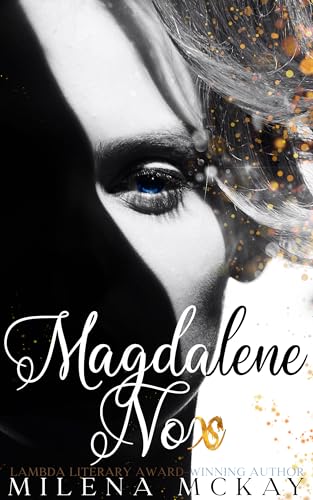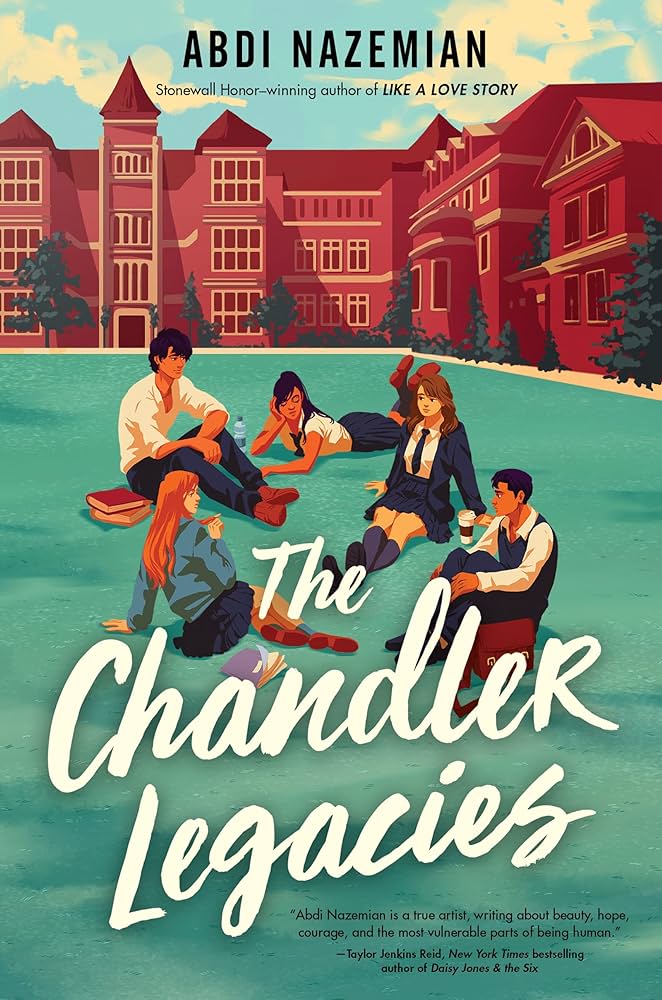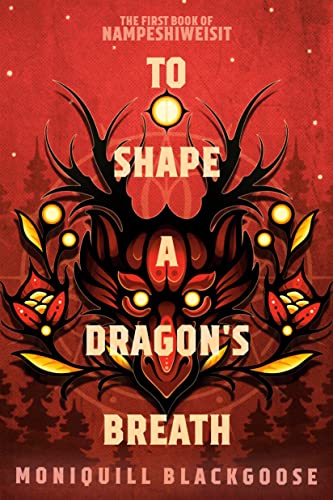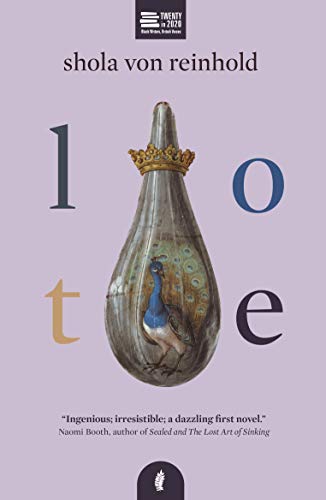Amazon Affiliate Link Everyone knows the old saying, “be careful what you wish for”. For Professor Samantha “Sam” Threadneedle, the main character of Melina McKay’s moody and dark academia romance The Headmistress, that adage becomes very true. Three Dragons Academy, a remote all-girls boarding school that has been her home since she was an orphan leftRead More
Witches Under Modern Systems of Oppression: How to Succeed in Witchcraft by Aislinn Brophy
Buy this from Bookshop.org to support local bookstores and the Lesbrary! At the top of the T.K. Anderson Magical Magnet School’s leaderboard is Shay Johnson. One of the most impressive and successful witches among her peers, this almost guarantees her the coveted Brockton Scholarship which would allow her to register to the university of herRead More
A Return to Dragons: Magdalene Nox by Milena McKay
Buy this from Bookshop.org to support local bookstores and the Lesbrary! Magdalene Nox by Milena McKay, was published on November 21, 2023, and takes the reader into the world of Three Dragons Academy for Girls. It is a story thirty years in the making, and gives us a peek into the mind of the newRead More
The Secret History Meets The Breakfast Club: The Chandler Legacies by Abdi Nazemian
Bookshop.org Affiliate Link At a private boarding school, five writers are selected for the elite writing group called the Circle: Beth, the “townie” who feels very much out of place; Sarah, Beth’s former roommate who carries her own secrets about the school; Spence, who struggles to carve out her own identity while also benefiting fromRead More
A Queer Indigenous Fantasy with Dragons: To Shape a Dragon’s Breath by Moniquill Blackgoose
Bookshop.org Affiliate Link The people on the remote island of Masquapaug have lived out of the eye of the colonizers, the Anglish, for many years. That is, until fifteen-year-old Anequs is selected by a dragon hatchling, quickly gaining the ire of the Anglish authorities who have strict parameters around who and how someone might possessRead More
Nat reviews Something’s Different by Quinn Ivins
Amazon Affiliate Link | Bookshop.org Affiliate Link Of all the tropes in the world, the twin swap was not one that I would have thought myself a fan of, and yet… I might be now, after reading Something’s Different. Caitlin Taylor is an unemployed PhD grad who hasn’t been able to find a job inRead More
Danielle reviews Sirens & Muses by Antonia Angress
Amazon Affiliate Link | Bookshop.org Affiliate Link Sirens & Muses by Antonia Angress is a novel that follows four artists as they embark first on art school before conquering New York City. I loved everything about this novel. Everything. The characters are rich: Angress has done a phenomenal job of creating realistic characters who are not alwaysRead More
Carmella reviews LOTE by Shola von Reinhold
I first discovered the Bright Young Things at an exhibition of Cecile Beaton’s photography. His pictures capture the dazzling, decadent world of these young British socialites of the interwar period–their fabulous costume parties, heavy drinking, artistic flair, and taste for excess. After tearing through a number of biographies, my favourite figure became Stephen Tennant. HeRead More




